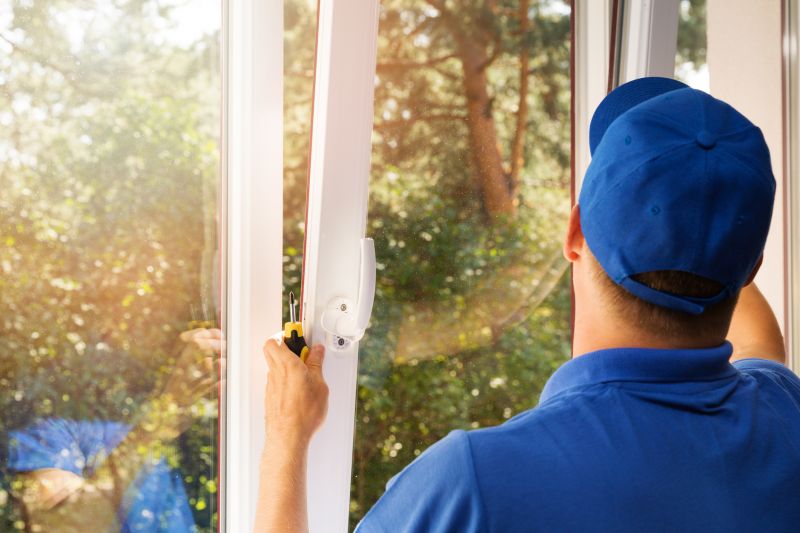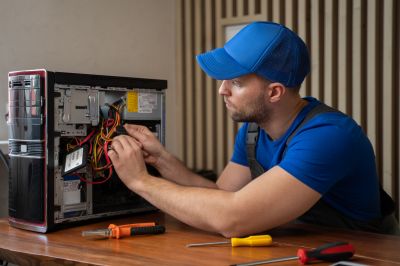Optimal Timing for Windows Installations
Understanding the best time to perform Windows installations can enhance system performance and minimize disruptions. Timing considerations include seasonal factors, hardware availability, and personal or business schedules. Proper planning ensures a smoother transition and reduces the risk of technical issues during setup.
Installing Windows during off-peak seasons can reduce downtime and avoid busy periods, especially for business environments.
Scheduling installations when new hardware components are available ensures compatibility and optimal performance.
Aligning installations with planned maintenance windows minimizes operational disruptions.
Choosing times when users are less active allows for smoother installation processes without impacting productivity.

Technicians preparing hardware and software for installation.

Calendar with marked dates for planned Windows installations.

Testing hardware components prior to installation for compatibility.

Ways to make Windows Installations work in tight or awkward layouts.

Popular materials for Windows Installations and why they hold up over time.

Simple add-ons that improve Windows Installations without blowing the budget.

High-end options that actually feel worth it for Windows Installations.

Finishes and colors that play nicely with Windows Installations.
| Timing Consideration | Details |
|---|---|
| Off-peak Seasons | Spring and fall are ideal for installations to avoid busy periods. |
| Hardware Availability | Coordinate with hardware procurement schedules for compatibility. |
| Maintenance Windows | Schedule during planned maintenance for minimal impact. |
| User Schedules | Perform installations when user activity is low. |
| System Readiness | Ensure backups and updates are completed beforehand. |
| Technical Support Availability | Align with support staff schedules for troubleshooting. |
| Business Operations | Avoid peak business hours to prevent disruptions. |


